
Fiat 500 C (2009-2024) running costs and reliability
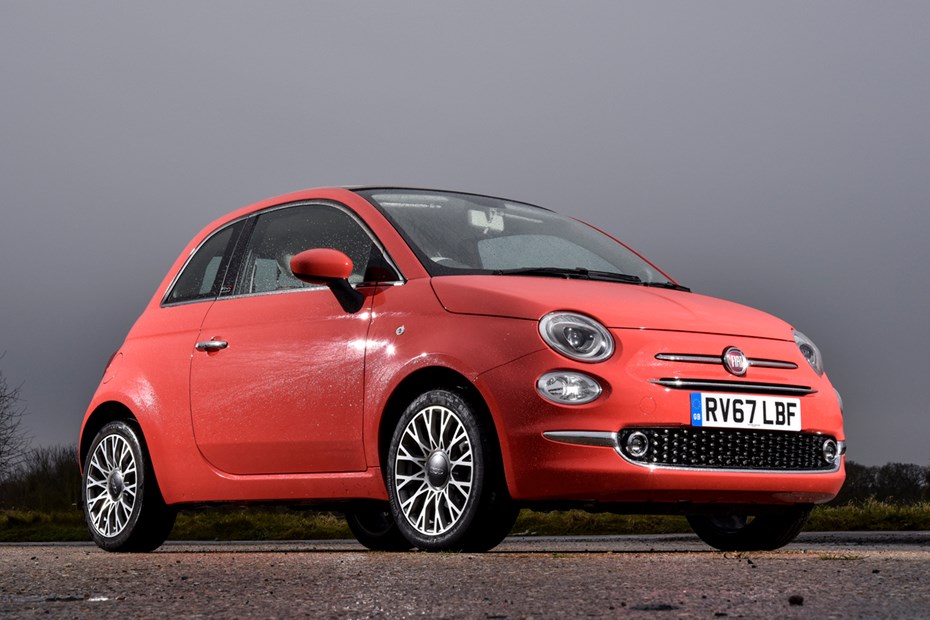
Miles per pound (mpp) ⓘ
| Petrol engines | 6.1 - 9.0 mpp |
|---|
Fuel economy ⓘ
| Petrol engines | 41.5 - 61.4 mpg |
|---|
- Cheap to run, despite absence of diesel…
- Although long out-of-town journeys dent economy
- TwinAir engine rather thirsty when worked hard
While it won’t prove to be as fuel efficient as the official consumption figures quoted by Fiat, it’s disingenuous to suggest that the 500C won’t be an inexpensive car to run. After all, it’s a city car with small engines.
Interestingly, despite the 500C’s folding roof mechanism, it has identical economy figures to its hatchback sibling, although be conscious that the tests won’t take into account the Fiat’s aerodynamics with the roof retracted – this will make it less frugal.
This means that on paper, the 85hp TwinAir versions with either gearbox option will sip unleaded petrol the least, with a claimed rate of 74.3mpg. In the real-world, a figure in the high-40s is more realistic, depending upon how one drives.
Least frugal 500C? According to the official tests it’s the manual transmission 1.2-litre petrol with 69hp – although it’s hardly a heavy drinker with an official rating of 60.1mpg.
Being a small car with relatively diminutive components, consumables such as tyres and brakes will be inexpensive, as will insurance costs and servicing.
Of the current Fiat 500C line-up, you won’t find one that emits more than 110g/km of CO2 according to the official economy testing regime.
The model with that comparatively high figure is the 1.2-litre 69hp version with a manual gearbox.
At the opposite end of the scale is the 85hp TwinAir engine with the Dualogic automated gearbox, producing just 88g/km of CO2, just 2g/km fewer than when that motor’s paired with a manual transmission.
- Numerous recalls affecting the 500C
- All are niggly ailments rather than anything serious
- Known problems should now all have been remedied
Sadly, Fiat isn’t a brand one tends to associate with being a beacon of reliability, and the 500C – like its hatchback twin – is a case in point.
Over the years, all 500 derivatives – along with the closely related Panda range – have been subjected to ten recalls. Far too many as far as we’re concerned.
Naturally, for a recall to occur, a fault has to be deemed to be serious enough to get all affected models in for attention, but those relating to the 500 derivatives are potential faults, not a series of catastrophic failures. Seat belts, the steering system and brakes have all been put under scrutiny, but all work should have been undertaken by Fiat dealers to remedy any issues.
However, it’s vital to check the paperwork with the named dealers before you part with any cash for a used 500C.
Ongoing running costs
| Road tax | £20 - £215 |
|---|---|
| Insurance group | 8 - 19 |
Get an insurance quote with

|
|



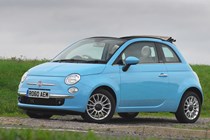

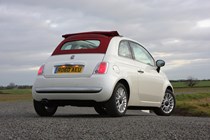
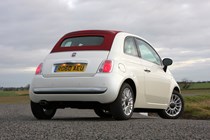
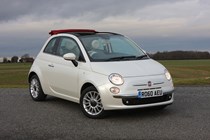
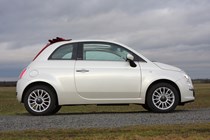
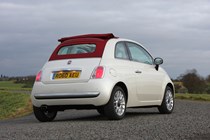
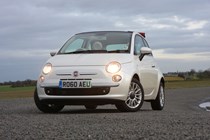
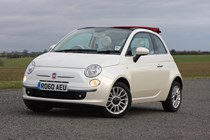

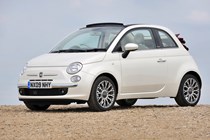
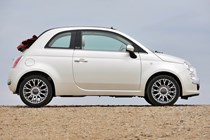
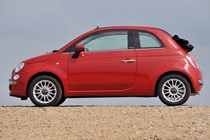
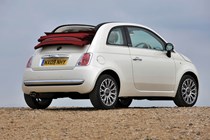
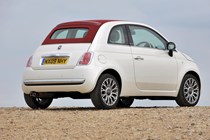
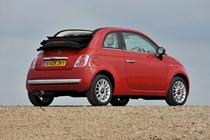
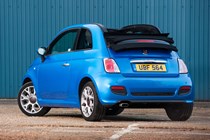
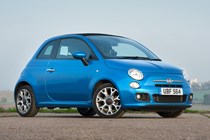
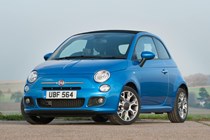
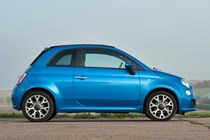
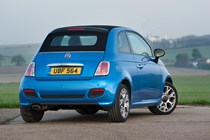
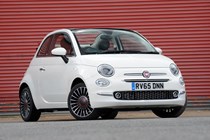
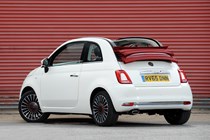
.jpg)
.jpg)
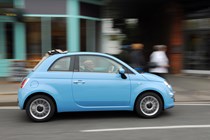
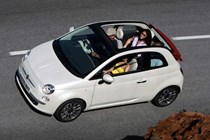
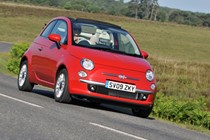
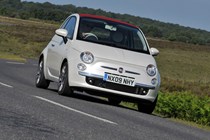
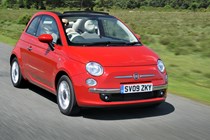
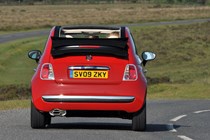

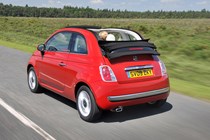
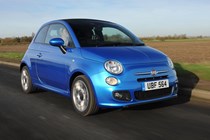
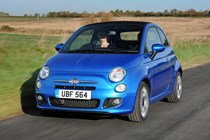
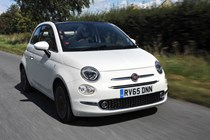
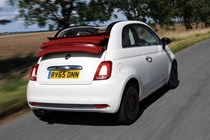
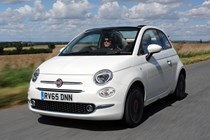
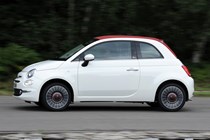
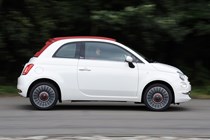

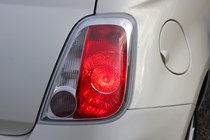
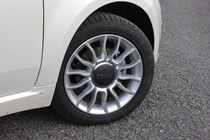

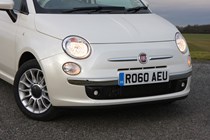
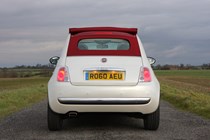
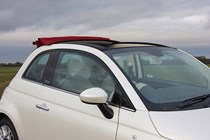
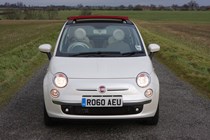
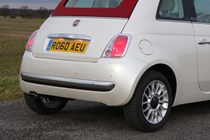


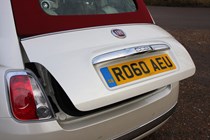
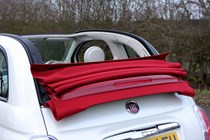

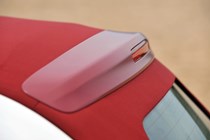


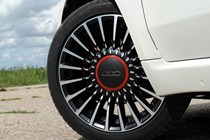
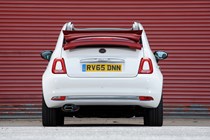


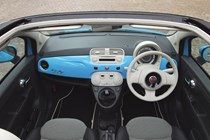

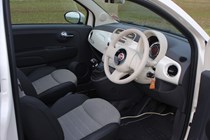
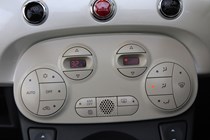
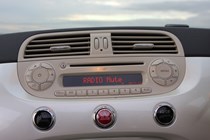
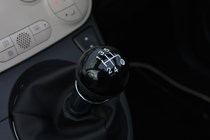
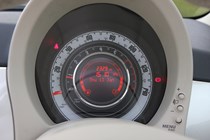

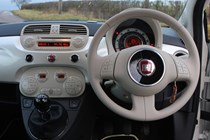
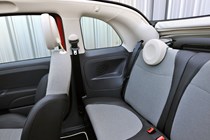

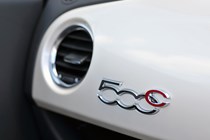
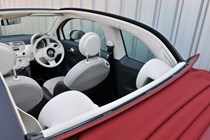
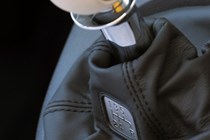
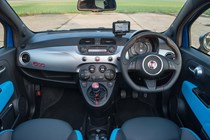


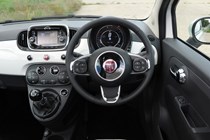
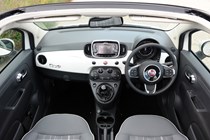
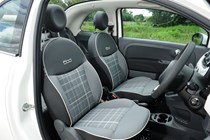
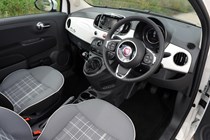
.jpg)
.jpg)



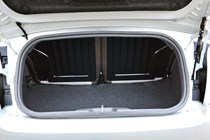
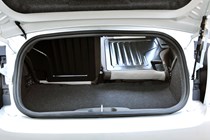
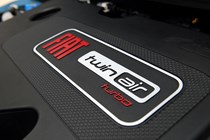
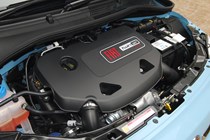

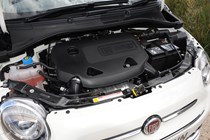
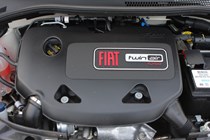
























.jpg?quality=50)
.jpg?quality=50)

























































.jpg?quality=50)
.jpg?quality=50)









